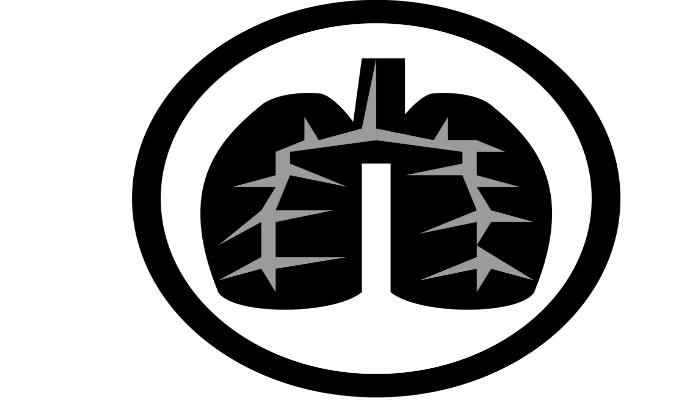
Black lung: Queensland goes back to the 19th century
Miners at the Grasstree coal mine, north of Emerald in Queensland, walked off the job on Wednesday 2 December after it was revealed four coal miners in Queensland had been recently diagnosed with black lung, a disease thought to have been eradicated in Australia more than half a century ago.
And unions have warned these cases may only be the tip of the iceberg.
Black lung, or Coal Workers Pneumoconiosis, is caused by a build-up of coal dust in the lungs from poor ventilation and health standards in coalmines. It was a major cause of death among Australian mine workers in the 19th and earlier 20th centuries and is still prevalent in many countries, including the US and China.
But it was thought to have been eliminated in Australia largely due to a regulatory system that was set up to monitor and detect a range of health issues affecting mine workers.
The Construction Forestry Mining and Energy Union (CFMEU) believes the outbreak of new cases means the system, which included X-rays for workers, has not been maintained. The union is now concerned the disease has re-emerged in unknown proportions.
“It’s appalling that companies and regulatory bodies have let health standards deteriorate, putting the lives of workers at serious risk,” CFMEU Queensland District President Stephen Smyth said.
“Of great concern is that Australian health and regulatory frameworks are no longer equipped to deal with the disease.”
A report from the Queensland Government’s Health Improvement and Awareness Committee shows that local authorities do not have the required qualifications to read and interpret X-rays, which has led to a reported backlog of around 100,000 X-rays that need to be reviewed.
“There is a real possibility that many more current and ex-mine workers are living and working in Queensland with the disease undiagnosed.
“Failure to detect black lung early means that miners will continue to work in the coalfields at a devastating cost to their health.”
The Queensland government has threatened to close any mine found breaching guidelines on dust levels and has commissioned an urgent review by Monash University experts of failures in the mining department’s health monitoring system.










